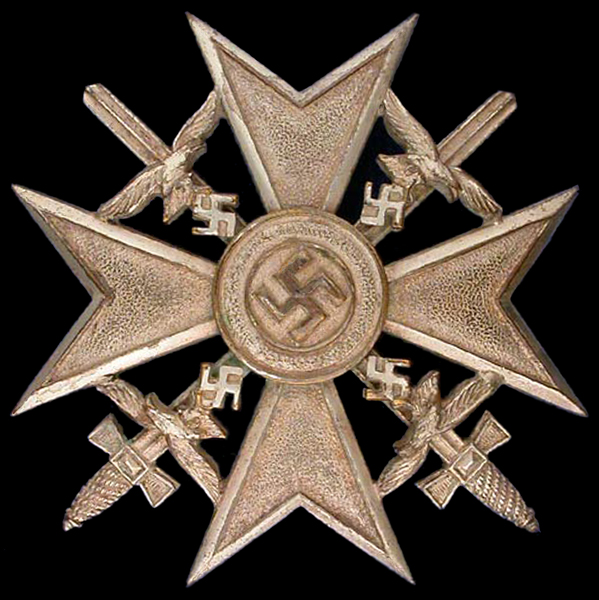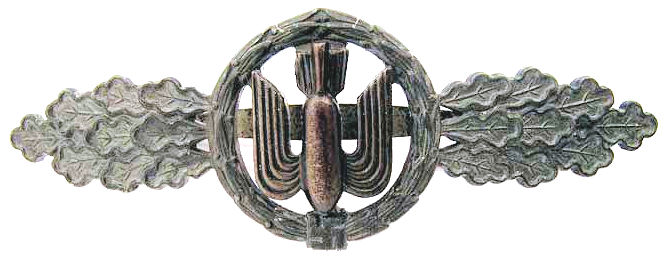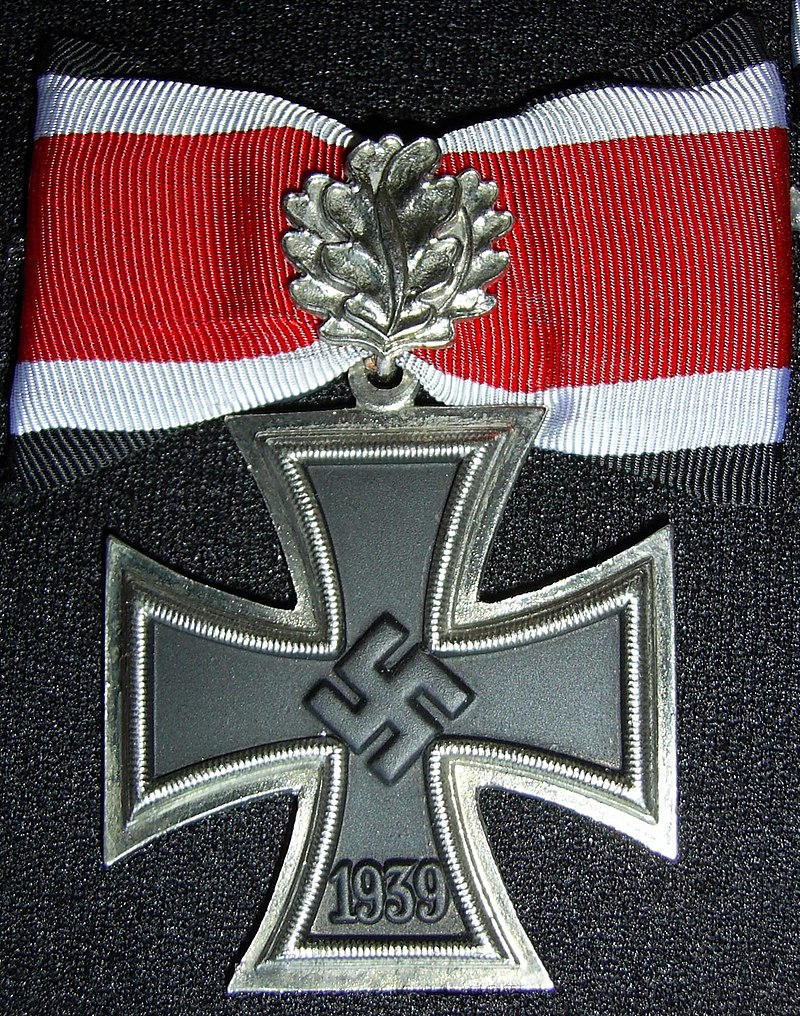Mölders Werner, born on 18-03-1913, at Gelsenkirchen in the Ruhr area,  the son of World War I air hero Gustaf Mölders. At an early age, his father encouraged him to become a pilot. At the age of 20, Mölders applied to the Luftwaffe; however, he was rejected due to his poor lungs and condition. Mölders was short of breath and had hypersensitive lungs. A year later, Mölders managed to join the Luftwaffe through his good friend Adolf Galland. Mölders had a lot of talent and especially had a lot of tactical insight. After his training, Mölders was promoted to captain because of his talents.
the son of World War I air hero Gustaf Mölders. At an early age, his father encouraged him to become a pilot. At the age of 20, Mölders applied to the Luftwaffe; however, he was rejected due to his poor lungs and condition. Mölders was short of breath and had hypersensitive lungs. A year later, Mölders managed to join the Luftwaffe through his good friend Adolf Galland. Mölders had a lot of talent and especially had a lot of tactical insight. After his training, Mölders was promoted to captain because of his talents.
Werner joined the Army in 1931 and served as an officer cadet in the Infantry. In 1934, with the rebirth of Hermann Göring’s (did you know)  Luftwaffe as a result of Hitler coming to power, Mölders requested a transfer to become a pilot. At his first attempt to join the Luftwaffe, he was declared unfit for flying. He tried again and was accepted for flying training. He was badly afflicted by air sickness but overcame the problem through sheer willpower. On 01-07-1935, Leutnant Mölders was posted to Fliegergruppe Schwerin, later to be redesigned I./StG 162. He volunteered for the Condor Legion and arrived by sea in Cadiz on 14 April that year. He took over from General der Flieger, Kommodore Jagd Geschwader 26 “Schlageter”
Luftwaffe as a result of Hitler coming to power, Mölders requested a transfer to become a pilot. At his first attempt to join the Luftwaffe, he was declared unfit for flying. He tried again and was accepted for flying training. He was badly afflicted by air sickness but overcame the problem through sheer willpower. On 01-07-1935, Leutnant Mölders was posted to Fliegergruppe Schwerin, later to be redesigned I./StG 162. He volunteered for the Condor Legion and arrived by sea in Cadiz on 14 April that year. He took over from General der Flieger, Kommodore Jagd Geschwader 26 “Schlageter”  , Adolf ‘Dolfo” Galland
, Adolf ‘Dolfo” Galland


 at the head of 3.J/88. During the Spanish conflict he showed considerable qualities not only as a pilot and marksman but also, and especially, as a tactician and organiser. He was awarded the Spanienkreuz in Gold mit Schwertern und Brillanten in recognition of his achievements, by Adolf Hitler (see Adolf Hitler (did you know)
at the head of 3.J/88. During the Spanish conflict he showed considerable qualities not only as a pilot and marksman but also, and especially, as a tactician and organiser. He was awarded the Spanienkreuz in Gold mit Schwertern und Brillanten in recognition of his achievements, by Adolf Hitler (see Adolf Hitler (did you know) 
 At the end of the year he returned to Germany as the highest scoring German pilot of the Spanish conflict, with a glowing reputation and a maturity beyond his years and rank. At the beginning of World War II, Mölders was Staffelkapitän of 1./JG 53 “Pik As”
At the end of the year he returned to Germany as the highest scoring German pilot of the Spanish conflict, with a glowing reputation and a maturity beyond his years and rank. At the beginning of World War II, Mölders was Staffelkapitän of 1./JG 53 “Pik As”  , based at Wiesbaden-Erbenheim.
, based at Wiesbaden-Erbenheim.  Jagdgeschwader 53 (JG 53) Pik-As was a Luftwaffe Fighter Wing. It operated in Western Europe and in the Mediteranean. Jagdgeschwader 53 – or as it was better known, the “Pik As” (Ace of Spades) Geschwader- was one of the oldest German fighter units of World War II with its origins going back to 1937. JG53 flew the various models of Bf-109 throughout the second world war. He became known by those under his command as “Vati” “Daddy” Mölders. He shot down his first aircraft of the Second World War on 21-09-1939, a French Curtiss 75 A fighter. On 1 November Werner went on to command III./JG 53,
Jagdgeschwader 53 (JG 53) Pik-As was a Luftwaffe Fighter Wing. It operated in Western Europe and in the Mediteranean. Jagdgeschwader 53 – or as it was better known, the “Pik As” (Ace of Spades) Geschwader- was one of the oldest German fighter units of World War II with its origins going back to 1937. JG53 flew the various models of Bf-109 throughout the second world war. He became known by those under his command as “Vati” “Daddy” Mölders. He shot down his first aircraft of the Second World War on 21-09-1939, a French Curtiss 75 A fighter. On 1 November Werner went on to command III./JG 53,  also based at Wiesbaden-Erbenheim. On 27-05-1940, after his 20th victory, a French Curtiss 75 A SW of Amiens, he was promoted to Hauptmann and decorated with the Knight’s Cross.
also based at Wiesbaden-Erbenheim. On 27-05-1940, after his 20th victory, a French Curtiss 75 A SW of Amiens, he was promoted to Hauptmann and decorated with the Knight’s Cross. ![]() He was shot down in combat on 05-06-1940, by French ace Sous Lieutenant René Pommier Layragues
He was shot down in combat on 05-06-1940, by French ace Sous Lieutenant René Pommier Layragues  (6 victories) flying a D.520 and was taken prisoner. René Layragues would crash on D-Day, 06-06-1944, age 23. Mölders was liberated two weeks later upon the armistice with France. He returned to Germany to be promoted to Major and given command of Jagdgeschwader 51
(6 victories) flying a D.520 and was taken prisoner. René Layragues would crash on D-Day, 06-06-1944, age 23. Mölders was liberated two weeks later upon the armistice with France. He returned to Germany to be promoted to Major and given command of Jagdgeschwader 51  as Kommodore. He quickly brought his score up by downing 28 British fighters during the remainder of the Battle of Britain, including his 40th, a Spitfire over Dungeness, on 20 September, for which he was awarded the Oak Leaves the next day.
as Kommodore. He quickly brought his score up by downing 28 British fighters during the remainder of the Battle of Britain, including his 40th, a Spitfire over Dungeness, on 20 September, for which he was awarded the Oak Leaves the next day.  On 22 October he here with Generaloberst Heinz Guderian
On 22 October he here with Generaloberst Heinz Guderian 
 downed three RAF Hurricanes to become the first Luftwaffe pilot to reach a score of 50 aerial victories. By the end of the Battle of Britain
downed three RAF Hurricanes to become the first Luftwaffe pilot to reach a score of 50 aerial victories. By the end of the Battle of Britain  he had a total of 54 victories, and he would add one more before the end of the year. He continued flying and fighting over the Channel Front until early May, by which time he had brought down an additional 13 British aircraft. On 22-06-1941, the first day of Operation Barbarossa on the Eastern Front, he shot down four Russian aircraft. He personally instructed many pilots on how to achieve success, and helped develop the forward air controller concept. On 22-11-1941, he was flying as a passenger in a He 111 from the Crimea to Germany to attend the funeral of Generaloberst der Flieger, Director General of Equipment for the Luftwaffe, Ernst Udet.
he had a total of 54 victories, and he would add one more before the end of the year. He continued flying and fighting over the Channel Front until early May, by which time he had brought down an additional 13 British aircraft. On 22-06-1941, the first day of Operation Barbarossa on the Eastern Front, he shot down four Russian aircraft. He personally instructed many pilots on how to achieve success, and helped develop the forward air controller concept. On 22-11-1941, he was flying as a passenger in a He 111 from the Crimea to Germany to attend the funeral of Generaloberst der Flieger, Director General of Equipment for the Luftwaffe, Ernst Udet.

 Landing during a thunderstorm at airport Breslau-Schöngarten, the left engine of the Heinkel HE III stopped and some later the right engine. The aircraft crashed and Mölders pilot Oberleutnant Georg Kolbe
Landing during a thunderstorm at airport Breslau-Schöngarten, the left engine of the Heinkel HE III stopped and some later the right engine. The aircraft crashed and Mölders pilot Oberleutnant Georg Kolbe  and flight engineer Oberfeldwebel Hobbie were killed. Major Dr. Paul Wenzel
and flight engineer Oberfeldwebel Hobbie were killed. Major Dr. Paul Wenzel  and radio operator Oberfeldwebel Tenz survived the crash landing.
and radio operator Oberfeldwebel Tenz survived the crash landing.  Dr. Wenzel sustained a broken arm and leg as well as a concussion, and Tenz a broken ankle. Mölders’ fatal injuries included a broken back and a crushed ribcage. Accident investigators then and since have speculated whether Mölders would have survived the crash if he had used his seat belt. In his memory, on 20-12-1941, JG 51 was bestowed the honor name “Mölders”. The General of the Flieger, leader of Higher Air Trainings Command 4, Hellmut Wilberg crashed near Dresden on 20-11-1941 on his way to the same funeral.
Dr. Wenzel sustained a broken arm and leg as well as a concussion, and Tenz a broken ankle. Mölders’ fatal injuries included a broken back and a crushed ribcage. Accident investigators then and since have speculated whether Mölders would have survived the crash if he had used his seat belt. In his memory, on 20-12-1941, JG 51 was bestowed the honor name “Mölders”. The General of the Flieger, leader of Higher Air Trainings Command 4, Hellmut Wilberg crashed near Dresden on 20-11-1941 on his way to the same funeral.
Death and burial ground of Mölders, Werner “Vati” “Daddy”.
Werner Mölders, age 28, first buried in a field grave 
 but reburied on the Invaliden Friedhof in Berlin, next to Generaloberst der Luftwaffe, Ernst Udet.
but reburied on the Invaliden Friedhof in Berlin, next to Generaloberst der Luftwaffe, Ernst Udet.


 The highest scoring pilot of JG 51 “Mölders”, was Oberst, Anton “Toni” Hafner, with 204 victories in 795 combat missions.
The highest scoring pilot of JG 51 “Mölders”, was Oberst, Anton “Toni” Hafner, with 204 victories in 795 combat missions.


 The Fighter Wing 74, Jagdgeschwader 74, stationed in Neuburg an der Donau, received the name “Mölders” in 1973. Fighter Ace Generalleutnant, Gruppenkommandeur III./JG 52 and II./JG 11, Günther Rall
The Fighter Wing 74, Jagdgeschwader 74, stationed in Neuburg an der Donau, received the name “Mölders” in 1973. Fighter Ace Generalleutnant, Gruppenkommandeur III./JG 52 and II./JG 11, Günther Rall 
 presented the cuffbands.
presented the cuffbands. 


Message(s), tips or interesting graves for the webmaster: robhopmans@outlook.com
























weightlossrumor
I cannot thank you enough for the blog article.Really thank you! Really Cool.
Christian Kiminnus
Dear Ladys and Gentleman,
There is a mistake in the Details of the Death from Werner Mölders in your Biography of him.
Werner Mölders don’t die at the 22nd November 1944 with a Age of 31 years. This is wrong!
Here Are the Right Facts:
He dies at the 22nd November of 1941 with a Age of 28 years. He was the youngest soldier of the Wehrmacht in General Position! His Military Position called: General der Jagdflieger!
Please changed this mistake in your Details about Werner Mölders!
With best Regards
Your Christian Kiminnus
(Writer)